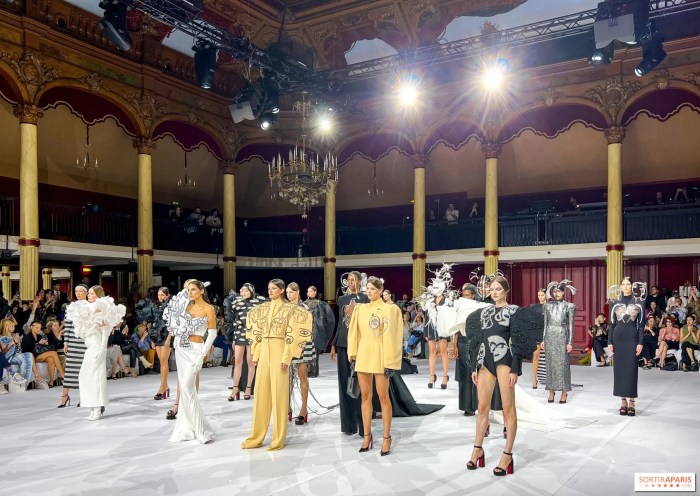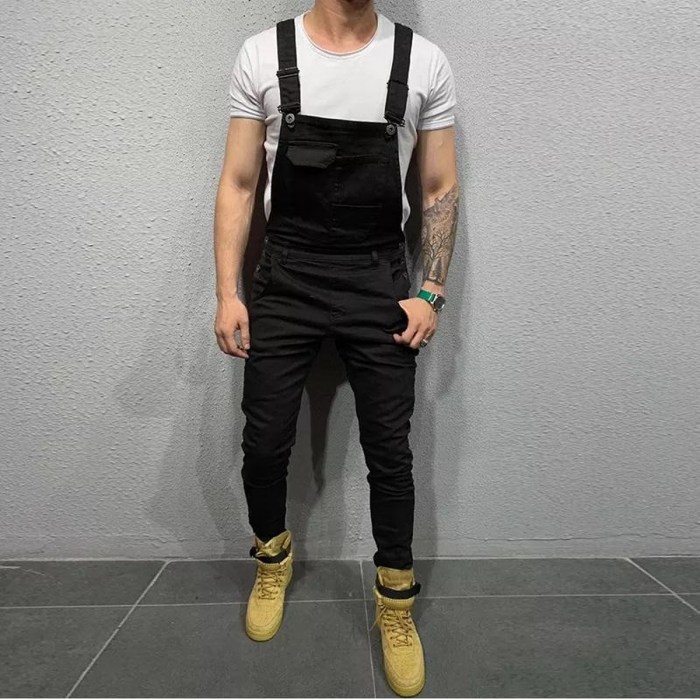Harlem Renaissance Men’s Fashion: A Stylish Expression of Identity
The Harlem Renaissance, a period of unprecedented African American artistic and intellectual flourishing in the 1920s and 30s, profoundly impacted fashion. Men’s style, in particular, became a powerful symbol of self-expression, reflecting both the era’s socio-political climate and the aspirations of a burgeoning Black middle class. This exploration delves into the key characteristics, influences, and lasting legacy of Harlem Renaissance men’s fashion.
Defining the Harlem Renaissance: A Style Overview
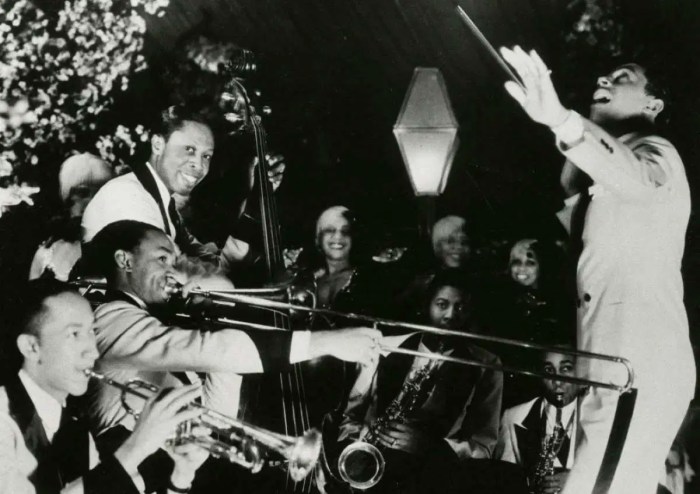
Source: thecollector.com
The Harlem Renaissance was more than just an artistic movement; it was a cultural awakening. Following the Great Migration, a massive influx of African Americans from the rural South to northern cities, Harlem became a vibrant center of creativity. This socio-political shift fueled a desire for self-representation, and men’s fashion became a powerful medium for expressing this newfound identity.
Harlem Renaissance men’s fashion stood apart from other contemporary styles through its bold use of color, sophisticated tailoring, and incorporation of African American cultural elements, creating a unique and stylish aesthetic. The aesthetic ideals emphasized elegance, sophistication, and a confident self-assurance, reflecting the rising social status and aspirations of many Black men during this time.
Key Garments and Accessories
Several key garments defined the look of the Harlem Renaissance man. These pieces, combined with carefully chosen accessories, created a distinct and stylish ensemble.
| Garment | Description | Materials | Significance |
|---|---|---|---|
| Zoot Suit | High-waisted trousers with wide legs, paired with a long coat. | Wool, gabardine, silk | Symbolized rebellion and a rejection of mainstream norms. |
| Double-breasted Suit | A classic, tailored suit with a double-breasted jacket. | Wool, tweed | Signified sophistication and upward mobility. |
| Overcoat | Long, often belted overcoat, worn over suits. | Wool, cashmere | Provided warmth and added to the overall stylish look. |
| Fedora Hat | A soft felt hat with a creased crown. | Felt | A staple accessory, adding a touch of sophistication and flair. |
| Dress Shirt | Often featuring intricate details like pleated fronts or contrasting collars. | Cotton, silk | Showcased attention to detail and personal style. |
Accessories played a crucial role. Fedora hats, often with a feather or band, added a touch of elegance. Sleek, polished shoes, often oxfords or loafers, completed the ensemble. Jewelry, such as cufflinks and pocket watches, further enhanced the overall look, showcasing individuality and style.
- Color: Rich jewel tones (emerald green, sapphire blue, ruby red) were popular, alongside sophisticated neutrals like ivory and charcoal gray.
- Patterns: Subtle stripes, checks, and geometric patterns added visual interest to garments.
- Textures: Luxurious fabrics like velvet, silk, and fine wool were favored, adding to the sense of sophistication.
Influences on Harlem Renaissance Men’s Fashion
Harlem Renaissance men’s fashion was a fascinating blend of influences. European tailoring traditions provided a foundation of sophisticated construction and silhouettes. However, these were infused with distinctly African American cultural expressions, creating a unique style. The burgeoning middle class played a significant role, as increased economic opportunity allowed for greater investment in clothing and a wider range of choices.
Fashion choices reflected social status and aspirations, with more elaborate garments and accessories signaling success and upward mobility.
The Evolution of Style Throughout the Harlem Renaissance
The Harlem Renaissance witnessed a dynamic evolution in men’s fashion. While the core elements remained consistent, styles shifted subtly over time. The Great Depression, however, significantly impacted fashion choices, leading to a more restrained and practical approach. More affordable fabrics and simpler silhouettes became more common.
- Early 1920s: Emphasis on sharp tailoring, classic suits, and formal accessories.
- Mid-1920s – Late 1920s: Introduction of bolder colors and patterns, along with the rise of the zoot suit.
- 1930s: A shift towards simpler, more practical styles due to the Great Depression.
Illustrative Examples of Harlem Renaissance Men’s Fashion
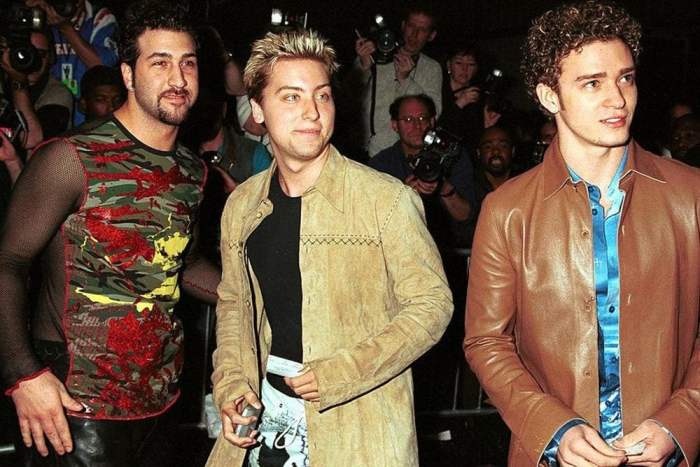
Source: apetogentleman.com
Consider these three distinct outfits representative of the era:
- Outfit 1: A double-breasted pinstripe suit in charcoal gray, paired with a crisp white shirt, a dark fedora, and polished black oxfords. The fabric is a high-quality wool with a subtle sheen. This outfit embodies the sophistication and formality associated with the burgeoning Black middle class.
- Outfit 2: A burgundy velvet suit with a subtle paisley pattern, worn with a cream-colored silk shirt, a wide-brimmed fedora with a feather, and brown leather loafers. This showcases a more flamboyant and expressive style.
- Outfit 3: A classic zoot suit in a dark navy gabardine, featuring high-waisted trousers with wide legs, a long coat, and a contrasting patterned lining. Paired with a simple white shirt and a fedora, this outfit demonstrates a rebellion against conventional styles.
A typical Harlem Renaissance man’s outfit might be visualized as a streamlined silhouette with a well-tailored suit or zoot suit as its centerpiece. The emphasis would be on clean lines, sharp shoulders, and a confident posture. The accessories, such as the fedora and polished shoes, would complete the overall sophisticated and stylish impression. Photography and visual media played a significant role in capturing and disseminating these styles, showcasing the elegance and individuality of Harlem Renaissance men’s fashion.
The Harlem Renaissance saw a flourishing of men’s fashion, with sharp suits and vibrant colors reflecting a spirit of self-expression. This sartorial boldness paved the way for later stylistic shifts, and it’s interesting to compare the sophisticated elegance of the era to the evolving styles documented in this insightful article on men fashion in the 1950s. While differing in context, both periods showcase the power of menswear to reflect cultural identity and individual style.
The Lasting Legacy of Harlem Renaissance Men’s Fashion
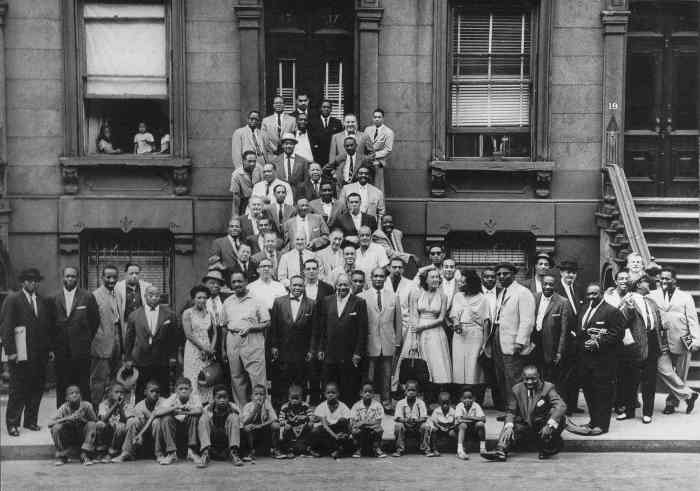
Source: atlantablackstar.com
The influence of Harlem Renaissance men’s fashion continues to resonate in contemporary styles. The emphasis on sharp tailoring, bold colors, and the confident expression of personal style remains relevant. The zoot suit, for example, has experienced periodic revivals, showcasing the enduring appeal of this iconic garment. Modern menswear often incorporates elements of Harlem Renaissance style, demonstrating its lasting impact on fashion trends.
- Sharp Tailoring: The emphasis on well-constructed garments remains a cornerstone of modern menswear.
- Bold Colors and Patterns: The use of rich jewel tones and sophisticated patterns continues to inspire designers.
- Statement Accessories: Fedora hats and other distinctive accessories are still used to add a touch of personality and flair.
Q&A
What fabrics were commonly used in Harlem Renaissance men’s clothing?
Common fabrics included wool, silk, linen, and cotton, often in high-quality weaves reflecting a growing middle class.
What were some popular hat styles?
Fedora hats, bowler hats, and Panama hats were popular choices, often adding a touch of sophistication or flair.
How did the Great Depression affect Harlem Renaissance fashion?
The Depression led to simpler styles and more economical fabrics, although the inherent elegance of the era’s aesthetic largely persisted.
Were there any specific designers associated with Harlem Renaissance menswear?
While specific designers are less documented than today, tailors in Harlem played a crucial role in crafting bespoke garments that reflected the unique style of the era.

